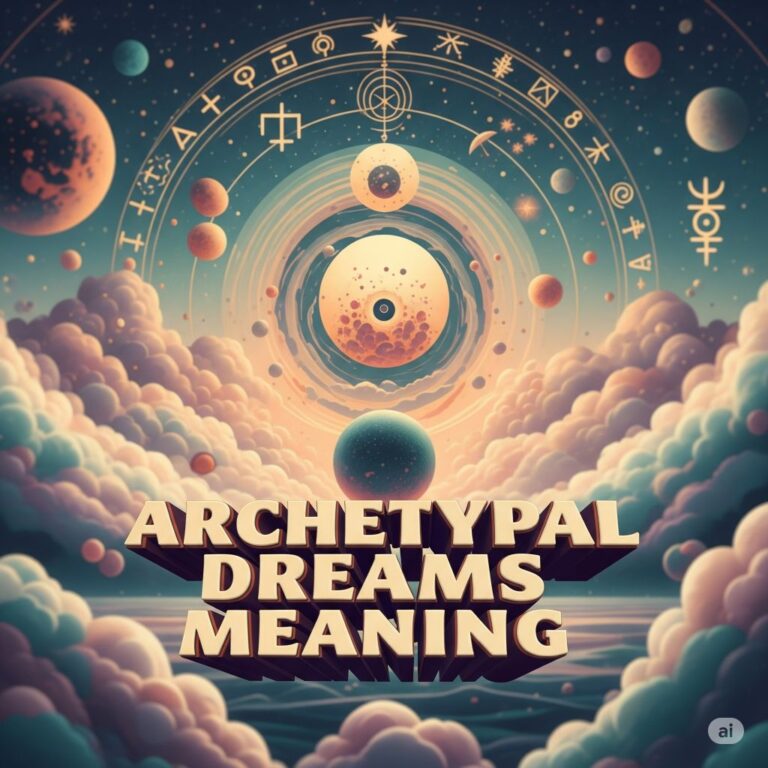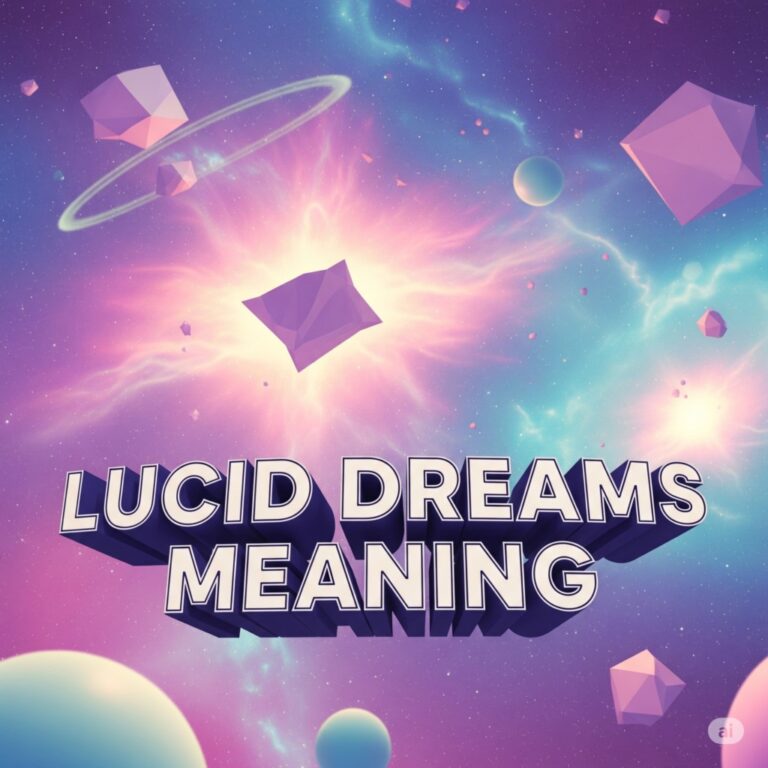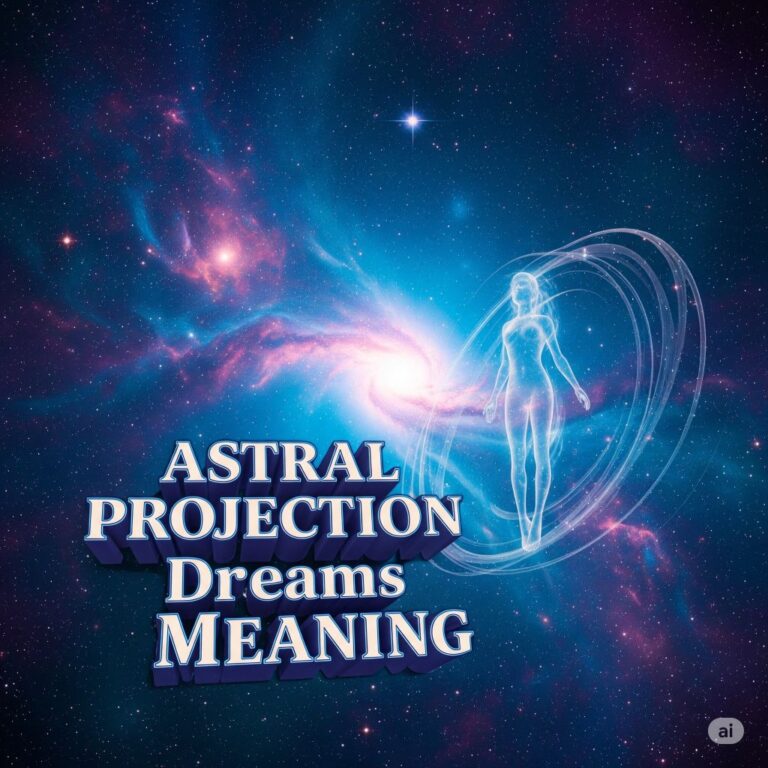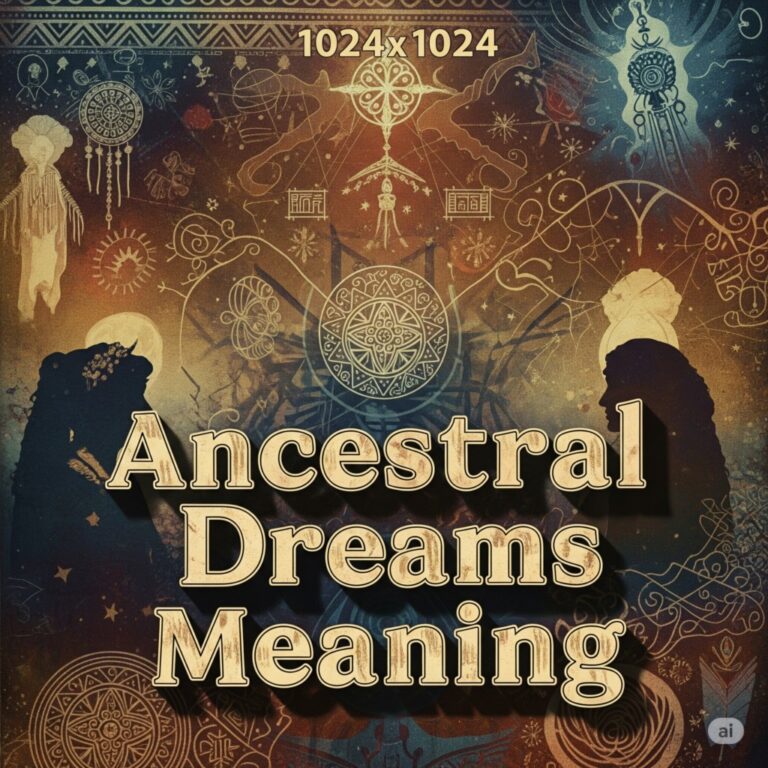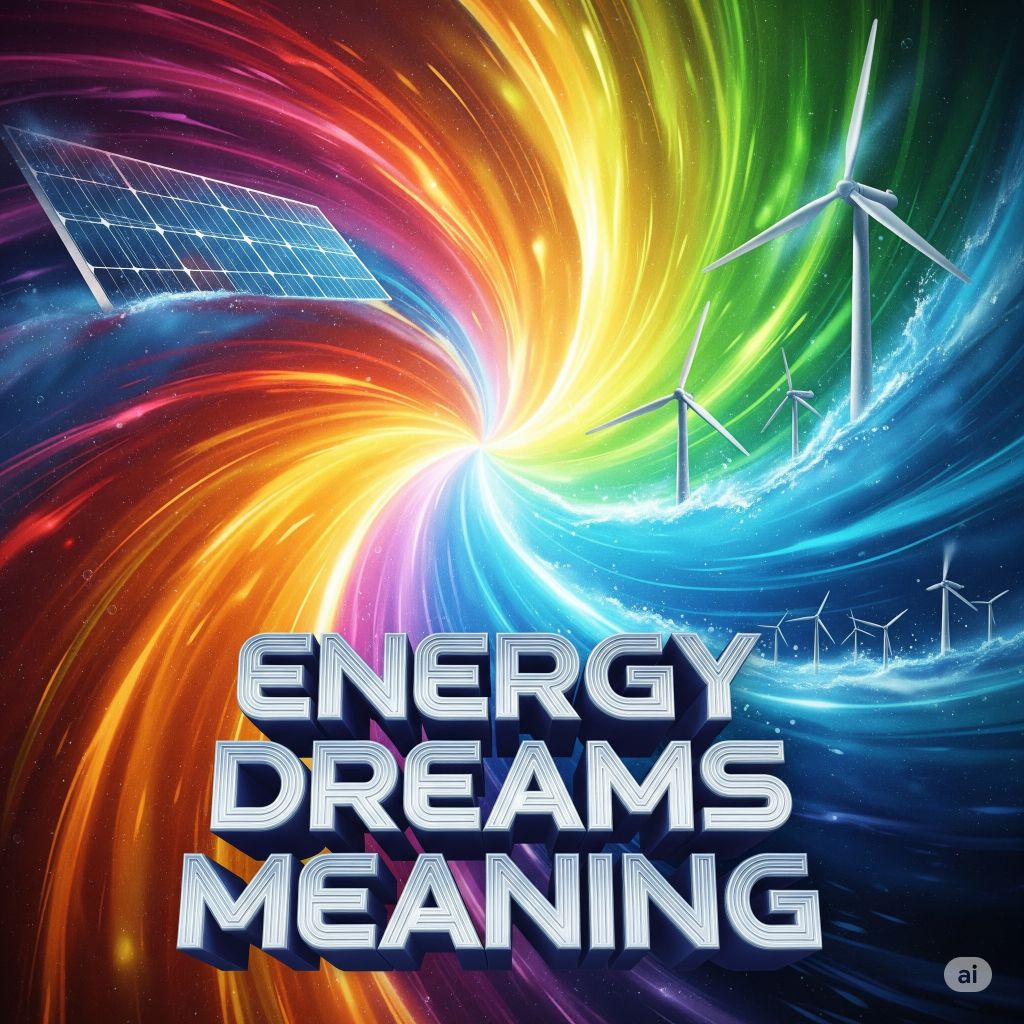
Dreams are the mysterious language of the unconscious, weaving together symbols from our inner and outer worlds. Among these are “energy dreams”—experiences where energy is not just a background theme but is central, whether represented as light, electricity, motion, a glowing presence, bodily sensations, or transformations. Such dreams are rich with layered meaning, crossing scientific, psychological, metaphysical, and biblical interpretive frameworks.
This article provides an in-depth exploration of energy dreams—what they signify, how to interpret them, how various traditions (including biblical) view them, and practical steps to embrace their insights for personal growth.
What Are Energy Dreams?
Energy dreams are those in which some form of energy—be it physical, spiritual, or emotional—becomes a focal point. These may include:
- Intense light or glowing objects/people
- Feeling or seeing currents of electricity
- Experiences of levitation, flight, or flowing movement
- Bodily sensations of vibration, buzzing, or warmth
- “Spiritual power” events (healings, auras, divine touch)
- Natural energy phenomena (storms, wind, fire, water currents)
- Colors or beams of light interacting with the dreamer
Often, these dreams leave a strong impression, either invigorating or overwhelming, and may linger in memory with unusual clarity and emotional resonance.
Psychological and Symbolic Interpretation
1. Jungian & Depth Psychology
- Energy symbolizes libido (not just sexual, but life force or psychological energy) within Jungian psychology.
- Such dreams may indicate renewed motivation, unlocked creative potential, or a surge of psychological “fuel.”
- Blocked or dissipating energy might signal emotional fatigue, depression, or a warning of burnout.
- Archetypes: Lightning, luminous beings, or movement often represent transformation, awakening, or divine visitation.
2. Freudian Perspective
- Freud considered energy as representing drives (instinctual, often unconscious urges) seeking expression.
- Dreams of excessive energy may point to unfulfilled desires or repressed emotions “leaking” out during sleep.
3. General Psychological Themes
- Charged relations: Dreaming of being shocked or energized by contact may reflect passionate or tense relationships.
- Power and Agency: Feeling strong, fast, or luminous symbolizes confidence or regaining power in life.
- Warning Signals: Energy overload (e.g., electrical surges, fires) could indicate anxiety, stress, or the need for emotional release.
Common Energy Symbols and Their Meanings
| Symbol | Meaning & Interpretation |
|---|---|
| Light/Luminescence | Enlightenment, revelation, divine truth, healing, clarity |
| Electricity/Lightning | Sudden insight, awakening, danger, power, creative spark, divine intervention |
| Fire | Passion, destruction & renewal, spiritual fervor, transformation |
| Vibrations/Buzzing | Physical awakening, heightened intuition, spiritual attunement |
| Wind/Air Currents | Change, inspiration, the movement of spirit, freedom |
| Water (Currents) | Emotional flow, cleansing, energetic renewal, baptism, movement of subconscious |
| Glowing Hands/Touch | Healing, transference of spiritual or emotional power |
| Energy Blockages | Emotional stuckness, health concerns, psychological repression |
Biblical and Spiritual Interpretations
Biblical Perspectives
Energy in biblical dreams is typically not referred to as “energy” in a scientific sense, but is often represented through symbols like light, fire, wind, water, and divine power. The Bible is replete with vision narratives that feature these elements as signs of God’s presence, action, or communication.
1. Light as Divine Revelation
- “Let there be light” (Genesis 1:3): Light signifies creation, order, and God’s active power.
- Dreams of light: Often interpreted as divine guidance, truth revealed, or illumination of one’s path.
- Paul’s Damascus Vision (Acts 9): A dazzling light represents a transformative encounter with God.
2. Fire as God’s Presence
- Burning Bush (Exodus 3): God appears to Moses as fire that does not consume—a symbol of sacred energy.
- Pentecost (Acts 2): Tongues of fire descend upon the disciples, filling them with the Holy Spirit’s energy.
3. Wind and Breath
- Spirit as Wind: The Hebrew word ruach and Greek pneuma both mean “spirit” and “breath” or “wind”; dreams of wind may indicate the movement of God’s Spirit bringing new life.
4. Water as Cleansing and Power
- Waterways or floods in dreams can be interpreted biblically as a movement of God’s cleansing, renewal, or sometimes judgment.
5. Biblical Dreamers
- Joseph, Daniel, and others receive dreams that carry a palpable sense of spiritual energy—warning, preparing, or empowering them for their life’s mission.
Other Spiritual Traditions
1. Eastern Spirituality
- Energy is explicitly central in practices—prana (Hinduism), qi (Chinese traditions), kundalini (yoga). Dreams of rising energy, coiled serpents, colored lights, or spinning wheels (chakras) are interpreted as stages of spiritual awakening or healing.
2. Shamanic Cultures
- Shamans dream of luminous energy bodies, animal spirits, or natural phenomena as messages guiding healing or transformation.
3. New Age/Contemporary Metaphysics
- Energy in dreams is seen as a sign of spiritual growth, awakening psychic abilities, or integrating higher consciousness.
Scientific and Biological Perspectives
- REM Sleep and Brain Activity: During REM, the brain is highly active, sometimes mirrored in dreams of increased energy, flight, or movement.
- Body Perception: Sensations like buzzing, electric shocks, or levitation can correspond to muscle twitching or neurological sensations during sleep transitions (hypnagogic/hypnopompic states).
- Healing Symbolism: Some report that energy dreams precede improvements in physical health, though this is anecdotal and not scientifically proven.
Energy Dreams and Emotional Well-Being
1. Emotional Healing
- Dreams where energy is transferred, light fills the dreamer, or wounds are healed can signify deep psychological repair or closure.
2. Processing and Transformation
- Intense energy, transformation by fire or lightning, or being swept by wind may reveal psychological readiness for change, adaptation, or letting go of old patterns.
How to Interpret and Use Energy Dreams
1. Recording and Reflection
- Keep a dream journal focused not just on events, but on how energy felt, flowed, or manifested.
2. Analyzing Symbols
- Ask what the energy was like: Was it positive or frightening? Stuck or free? Did it heal, destroy, or transform?
3. Connecting to Waking Life
- Consider where you feel energized or depleted in daily life. Is the dream signaling a need for rest, action, or spiritual connection?
4. Spiritual Application
- Use energy dreams as occasions for prayer, meditation, or creative expression. If the dream features biblical symbols, reflect on relevant scriptures for guidance.
5. Body-Mind Practices
- Integrate insights with breathwork, yoga, or mindful movement to “ground” the energetic message into your body.
When to Be Cautious
- Overwhelm or Distress: If energy dreams repeatedly leave you anxious or exhausted, it may signal underlying stress, trauma, or health issues. Consider support from a professional.
- Recurring Blockages: Repeated dreams of blocked, dark, or negative energy may point to areas needing attention or healing in waking life—emotionally, physically, or spiritually.
Conclusion
Energy dreams are windows into the dynamic power of the unconscious, bridging bodily sensations, psyche, and spirit. Whether interpreted through psychology, biblical wisdom, Eastern mysticism, or modern dreamwork, they present opportunities for profound insight, renewal, and transformation. Embracing these dreams—by listening to their messages, seeking their origin, and applying their wisdom—can lead not only to personal growth, but also to a deeper sense of connection with the vitality that animates all life.
Summary of Key Points:
- Energy dreams may symbolize personal power, transformation, spiritual awakening, or the need for healing.
- Biblical and spiritual traditions interpret energy symbols as signs of divine presence, power, or guidance.
- Psychological analysis reflects on blocked or flowing energy as markers for well-being, motivation, or emotional processing.
- Engaging with energy dreams—through reflection, journaling, spiritual practice, or lifestyle changes—can foster healing, inspiration, and a renewed zest for life.



